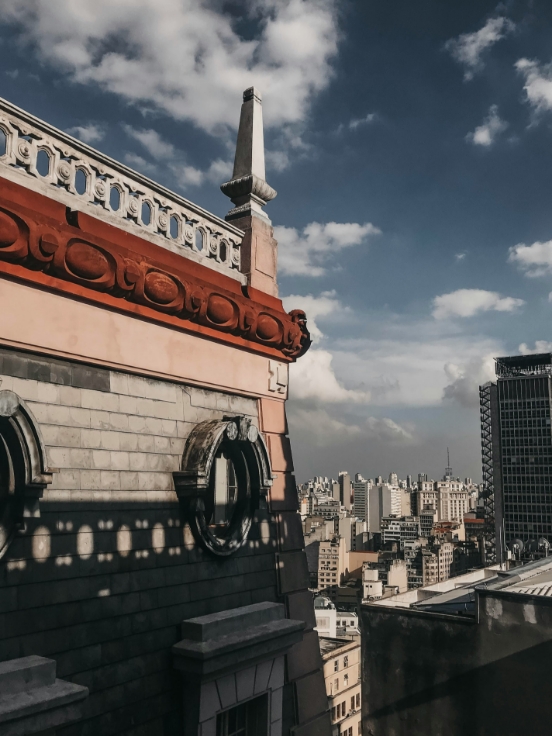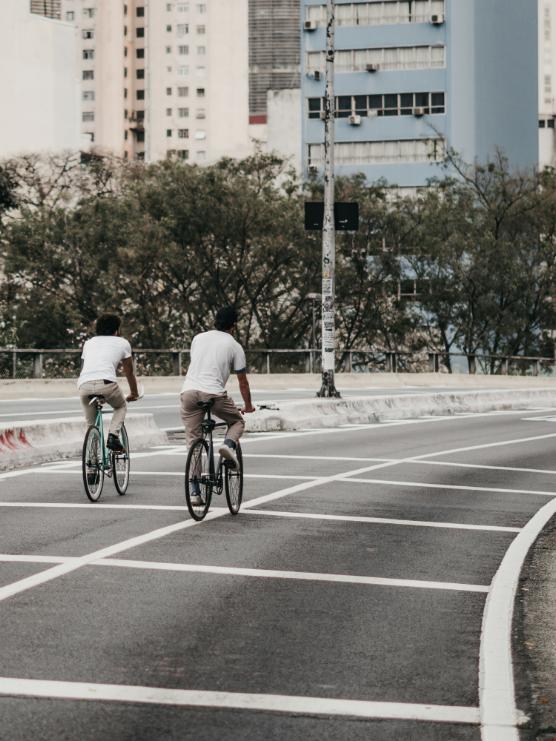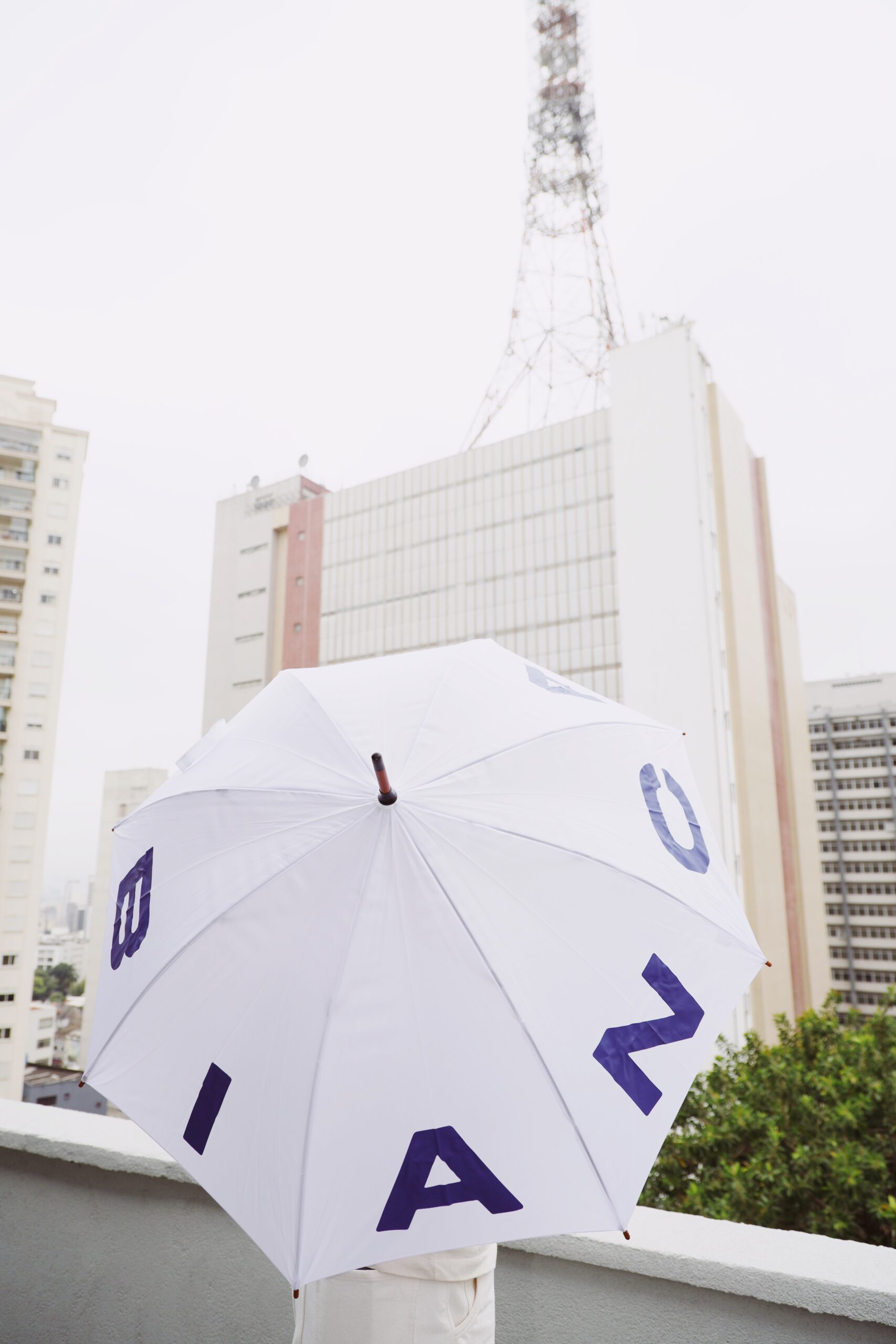Downtown
Those who walk its streets will still find many of the period buildings preserved and coexisting well with buildings that marked the city's transition to urban power, examples ranging from art deco to modernist classics.
Today, what is understood as downtown São Paulo is an area of 27 square kilometers that includes eight districts: Bela Vista, Bom Retiro, Cambuci, Consolação, Liberdade, República, Sé and Santa Cecília, a population of around 500 thousand inhabitants, and a flow of at least 2 million people daily to its offices, shops, museums, tourist attractions, and much more.
The downtown area has everything, from emblematic places like the Viaduto do Chá and Praça da República to very important cultural spaces, such as the Pinacoteca de São Paulo, the Theatro Municipal and the CCBB. There are facilities for everyone, such as the SESC Consolação and 24 de Maio and the Museu Catavento, and some of the best gastronomy in the entire city.
The downtown area is currently undergoing a major transformation. Through programs such as the Central Urban Intervention Project and the Retrofit Law, the government, together with the private sector, predicts that more than 220,000 people will return to live in the downtown area over the next decade, an increase of around 50% compared to the current numbers - and without the need to build new buildings.

Vila Buarque
The Vila Buarque neighborhood, where Planta.Inc. began its activities, is a portrait of the vacancy process that the Center faced from the second half of the 20th century onwards. There are some of the most traditional Modernist buildings there, such as the Itália, Hilton, and Copan buildings, as well as the Renata Building, listed as a historical heritage site and retrofitted by Planta.Inc. Once a vibrant area of shops and offices, the neighborhood lost its calling and, as a result, saw a large part of its population leave.
Through programs such as the Central Urban Intervention Project and the Retrofit Law, the government, together with the private sector, predicts that more than 220,000 people will return to live in the Center in the next decade, an increase of around 50% compared to the current numbers - and without the need to build new buildings.
The impact of good policies related to retrofitting can already be felt in the Center. In the last decade, the average price per square meter in the region has already increased by 50%.

Bela Vista
Bela Vista is a small multicultural district located in the central region of São Paulo. The history of its population origins is latent to this day, with Bixiga, or Little Italy, a listed neighborhood within the district, full of culture and gastronomy, with Italian bars and restaurants that date back to its first residents.
With a history linked to workers and samba, Bela Vista borders large economically important areas of São Paulo, such as the Paulista, República and Vergueiro regions, and is easily accessible and structurally well served by public transportation.
Over the past 10 years, the area's flourishing as a cultural hub has led to a considerable increase in the neighborhood's rental value, bringing in new residents, new businesses and increasing the value of existing ones.

